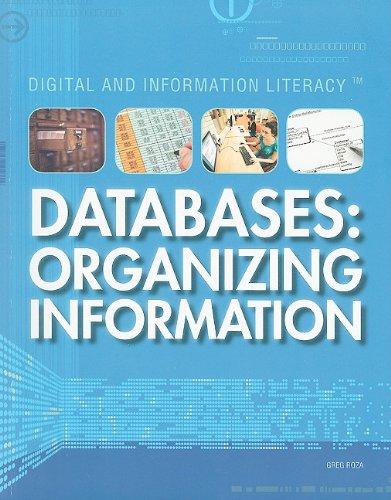Question
Assembly Code Please help Complete this MSP430 assembly language program where the SORT1 section sets theR4/R5/R6 parameters, which are used by the COPY and SORT
Assembly Code Please help
Complete this MSP430 assembly language program where the SORT1 section sets theR4/R5/R6 parameters, which are used by the COPY and SORT subroutines to copy and sortarray ARY1. R4 holds the starting address of the array. R5 holds the length of the array. R6 holdsthe starting location of the sorted array. COPY subroutine copies the contents of array ARY1
into ARY1S. SORT subroutine sorts the elements on ARY1S in place.
SORT2 section is similar to SORT1 above using same registers. Arrays are in decimal notation!
Sort Arrays in increasing order from lowest to highest value. Main Program: [6] for Program setup, and [10] for Sort Subroutine. Use these values for the array elements. ARY1: (17,75,-67,23,36,-7,44,8,-74,18), ARY2: (54,-4,-23,-19,-72,-7,36,62,0,39)
here is what i got so far i am working on the SORT part of it if any help please and thank you.
clr R4 ;clearing all register being use is a good clr R5 ;programming practice clr R6
SORT1 mov.w #ARY1, R4 ;initialize R4 as a pointer to array1 mov.w #ARY1S, R6 ;initialize R4 as a pointer to array1 sorted call #ArraySetup1;then call subroutine ArraySetup1 call #COPY ;Copy elements from ARY1 to ARY1S space call #SORT ;Sort elements in ARAY1
SORT2 mov.w #ARY2, R4 ;initialize R4 as a pointer to array2 mov.w #ARY2S, R6 ;initialize R4 as a pointer to array2 sorted call #ArraySetup2;then call subroutine ArraySetup2 call #COPY ;Copy elements from ARY2 to ARY2S space call #SORT ;Sort elements in ARAY2
Mainloop jmp Mainloop ;Infinite Loop
ArraySetup1 mov.b #10, 0(R4) ; Array element initialization Subroutine mov.b #17, 1(R4) ;First start with the number of elements mov.b #75, 2(R4) ;and then fill in the 10 elements. mov.b #-67, 3(R4) mov.b #23, 4(R4) mov.b #36, 5(R4) mov.b #-7, 6(R4) mov.b #44, 7(R4) mov.b #8, 8(R4) mov.b #-74, 9(R4) mov.b #18, 10(R4) ret
ArraySetup2 mov.b #10, 0(R4) ;Define the number of elements in the array mov.b #54, 1(R4) ;store an element mov.b #-4, 2(R4) ;store an element mov.b #-23, 3(R4) mov.b #-19, 4(R4) mov.b #-72, 5(R4) mov.b #-7, 6(R4) mov.b #36, 7(R4) mov.b #62, 8(R4) mov.b #0, 9(R4) mov.b #39, 10(R4) ret
COPY mov.b 0(R4), R10 ;save n (number of elements) in R10 inc.b R10 ;increment by 1 to account for the byte n to be copied as well mov.w R4, R5 ;copy R4 to R5 so we keep R4 unchanged for later use mov.w R6, R7 ;copy R6 to R7 so we keep R6 unchanged for later use ret
LP mov.b @R5+, 0(R7) ;copy elements using R5/R7 as pointers inc.w R7 dec R10 jnz LP ret
Step by Step Solution
There are 3 Steps involved in it
Step: 1

Get Instant Access to Expert-Tailored Solutions
See step-by-step solutions with expert insights and AI powered tools for academic success
Step: 2

Step: 3

Ace Your Homework with AI
Get the answers you need in no time with our AI-driven, step-by-step assistance
Get Started


